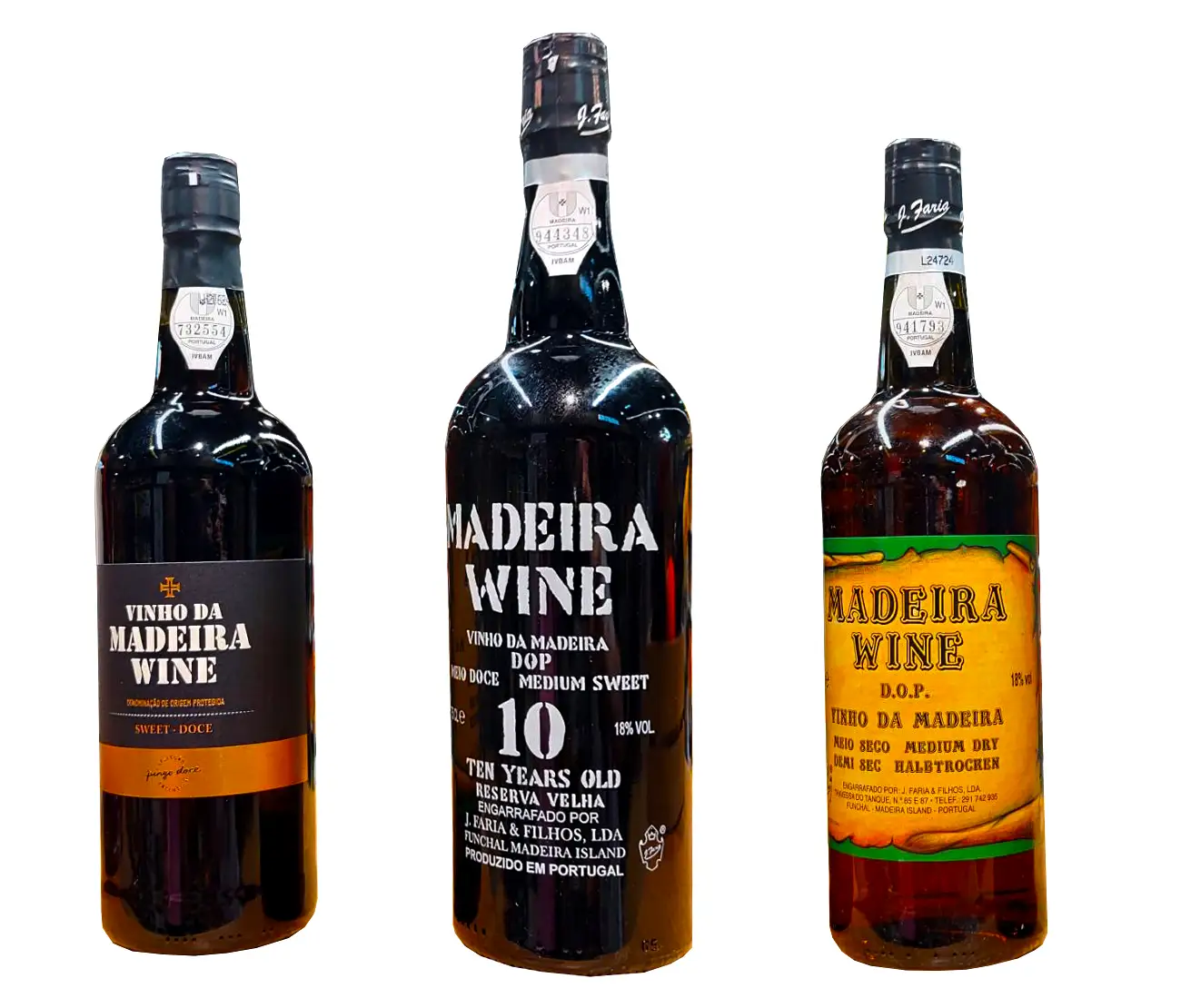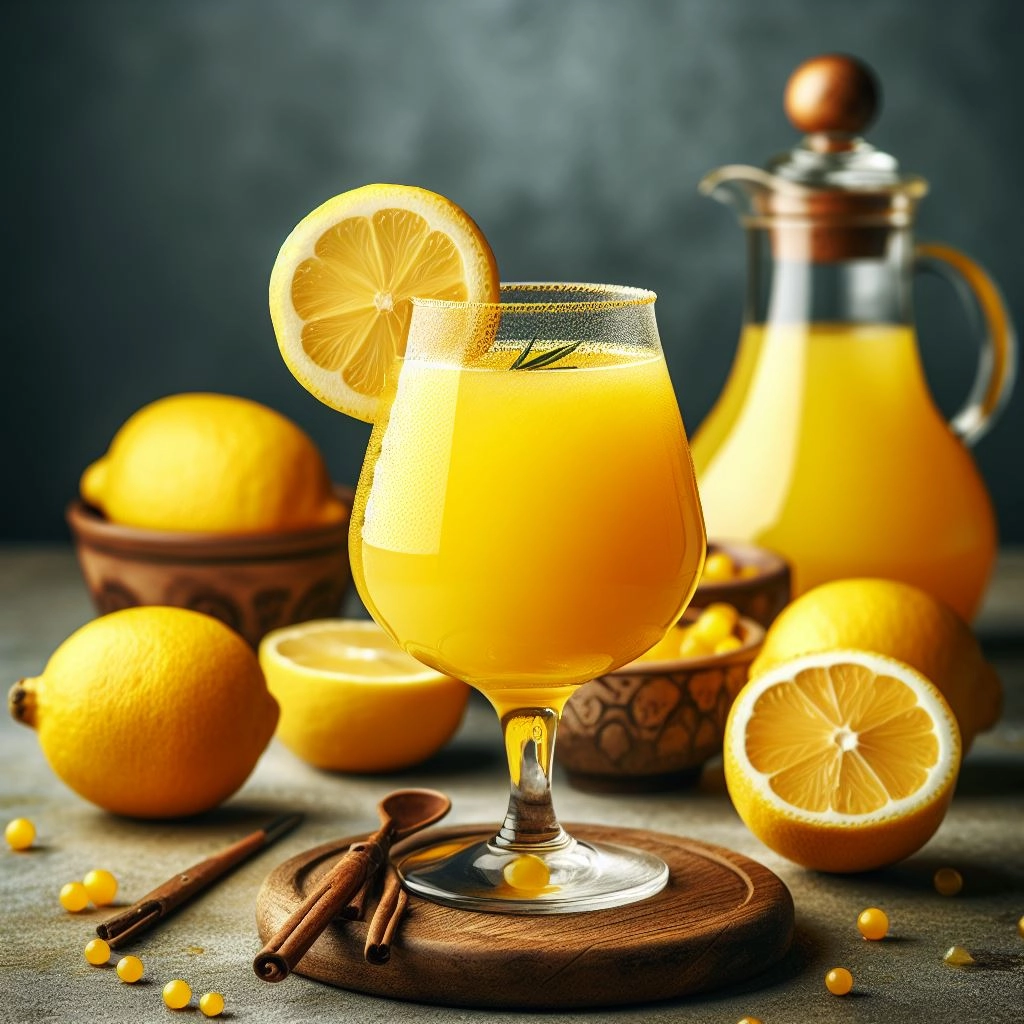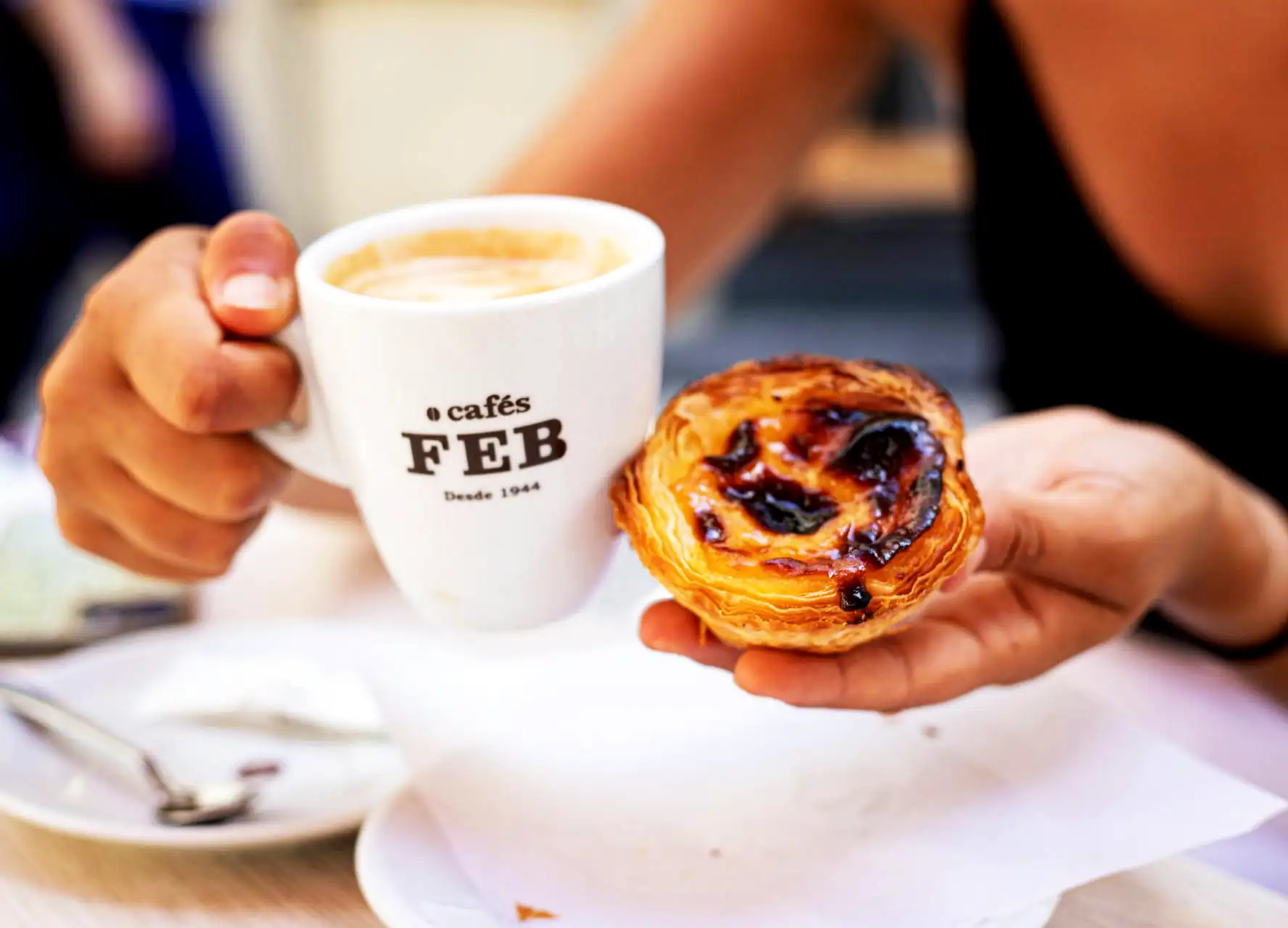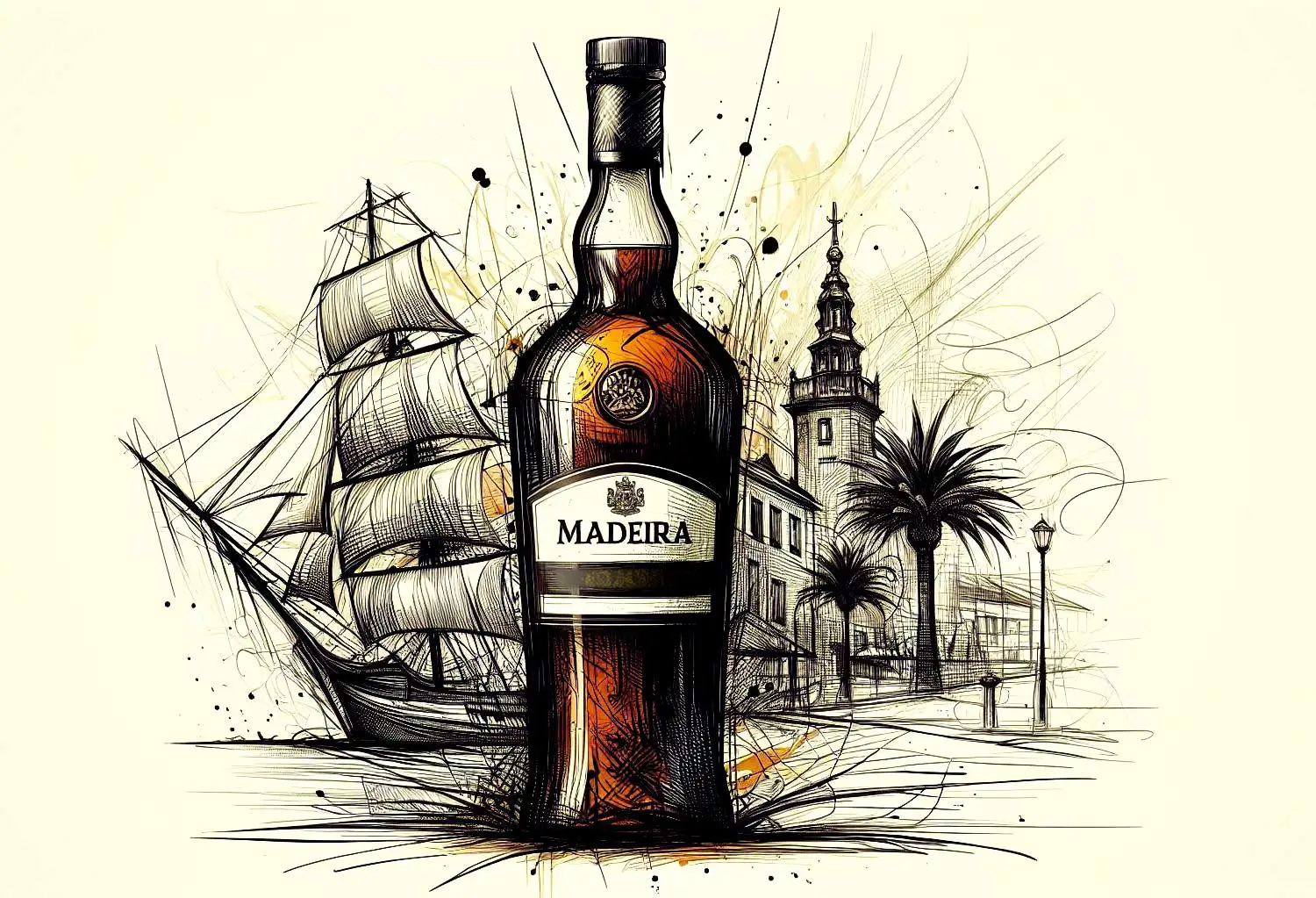A Wine That Defies Time and Culture
Few varieties can claim a history as rich and intriguing as Madeira Wine (named simply: Madeira), which played a significant role in shaping global trade, influencing political events, and captivating the palates of wine enthusiasts for centuries. Throughout history, Madeira was a favorite for many important characters in the shaping of the United States of America and only recently, efforts have been made to award Madeira the status of UNESCO Intangible Cultural Heritage, worshipping the social and cultural practices associated with Madeira.
The Origins of Madeira Wine
The story of Madeira begins in the 15th century when the island of Madeira was discovered by Portuguese explorers. Prince Henry the Navigator, recognizing the island's potential for agriculture, ordered the planting of Malvasia grapes from Crete. This decision would lay the foundation for what would become one of the world's most unique and cherished wines.
Initially, sugar cane was the primary crop on Madeira, but as the sugar trade declined, vineyard cultivation gained prominence in the 17th and 18th centuries. The island's volcanic soil and subtropical climate proved ideal for grape growing, setting the stage for the development of a distinctive wine style.

What Makes Madeira Wine Unique?
The uniqueness of Madeira Wine is explained through its production process, which was shaped by historical circumstances and maritime trade. In the 16th century, as ships began to use Madeira as a port of call on their way to the New World and East Indies, the island's wines were loaded as provisions.
During these long sea voyages, an unexpected transformation occurred. The wine, exposed to excessive heat and constant movement in the ship's hold, developed new flavors and characteristics. Upon return, these "wines of the round trip" or "vinho da roda" were found to be superior to their land-aged counterparts.
This accidental discovery led to the development of the estufagem process. This unique aging method sets Madeira apart from all other wines, giving it its distinctive flavor profile and remarkable longevity.
What Does Madeira Wine Taste Like?
Madeira Wine has a strong and interesting flavor. It often tastes nutty, like almonds or hazelnuts, and can taste sweet reminiscent of caramel or toffee notes. Madeira Wine can also taste dried fruits like apricots and figs.
It comes with a rather fresh, acidic taste that balances the sweetness. Some Wines have a little spicy flavor, that comes close to cinnamon or cloves. Madeira Wine can be dry or sweet, and in the end, it always has a rich and warm taste.
How is Madeira Wine Made?
Madeira was historically a key refueling stop for ships. Wine barrels on these ships were fortified with a small amount of alcohol made from sugar cane that was added to stabilize the wine (later on they also used brandy) and stored in the ships' holds where the heat improved its flavor and longevity. In the 18th century, winemakers replicated this heating process on land using the sun, known as the Canteiro process. Later, special ovens (estufas) were developed, with modern versions using stainless steel containers and hot water jackets to heat the wine to 45-50°C for three months. This procedure significantly reduced costs and allowed to increase and streamline production.
After heating, the wine undergoes aging in wooden barrels, with wines classified by age. The production of Madeira involves several key steps:
Grape Selection
Four main grape varieties are used - Sercial, Verdelho, Bual, and Malvasia - each producing wines with different levels of sweetness.
Fermentation
The grapes are fermented traditionally, with the process stopped at different points depending on the desired sweetness level.
Fortification
Neutral grape spirits are added to increase the stability of Madeira Wine. Fortification increases the alcohol content to 18-20%, which enhances the wine's body and contributes to its distinctive warmth.
Estufagem
The wine undergoes heating, either in large tanks or in the traditional canteiro method where barrels are stored in warm attics. The heating process creates a wine that is virtually indestructible, capable of maintaining its quality for decades or even centuries.
Aging
Madeira can be aged for decades, with some exceptional vintages maturing for over a century.
What Are the Properties of Madeira Wine?
Madeira Wines come in various styles, primarily determined by their level of sweetness. While traditionally associated with specific white grape varieties, most Madeira Wines are now produced from Tinta Negra, which can create wines in all sweetness levels. The traditional style names are still used to indicate sweetness levels, but often refer to wines made from Tinta Negra rather than the original white grape varieties.
Sercial: The driest style, often described as crisp and almond-like.
Verdelho: Medium-dry with smoky notes and high acidity.
Bual (or Boal): Medium-sweet with raisin and toffee flavors.
Malvasia (or Malmsey): The sweetest style, rich and full-bodied.
Additionally, Madeira is classified by age, ranging from 3-year-old blends to vintage wines (3, 5, 10, 15, or 20+ years) that can be over a century old.

Poncha: Madeira's Liquid Legacy
Don't miss out! Here's everything you need to know about Poncha: Madeira's Liquid Legacy.

Pastel de Nata: A Culinary Legend, Celebrated in Madeira
Pastel de Nata: a beloved Madeiran favorite and culinary legend with religious roots from the mainland, considered one of the 50 best things to eat in the world!
How Long Does Madeira Wine Last?
Madeira Wine possesses an extraordinary longevity, unmatched by most other wines. Unopened bottles can survive for centuries, with some vintages dating back to the early 18th century still in excellent condition. This remarkable durability extends to opened bottles as well, which remain drinkable for many months or even years when properly stored. The wine's unique production process, involving exposure to heat and oxygen, coupled with the aforementioned fortification, contributes to its stability. Its ability to endure makes it a true marvel in the world of wine, cherished by collectors and connoisseurs alike.
Christies New York auction house notched up a world record when they sold a bottle of JCA & C 1715 Terrantez Madeira for nearly NZ$55000 (about €30,000), more than twice the pre-sale estimate. It was bought by Netherlands-based collector Bay van der Bunt. It joins his collection of other old bottles of Madeira, which you can view at www.oldliquors.com.
How Should Madeira Be Served and Paired?
The versatility of Madeira Wine allows it to be enjoyed on a wide range of occasions, making it a perfect choice for various settings and events.
Drier styles like Sercial and Verdelho make excellent aperitifs.
Sweeter styles like Bual and Malvasia are perfect as dessert wines.
Madeira Wine pairs well with a range of foods, from nuts and cheeses to rich desserts.
It's traditionally served slightly chilled, around 13-16°C.
The eighteenth century was the "golden age" for Madeira. The wine's popularity extended from the American colonies and Brazil in the New World to Great Britain, Russia, and Northern Africa. The American colonies, in particular, were enthusiastic customers, consuming as much as 95% of all wine produced on the island each year.
The Golden Age of Madeira Wine
The 18th century marked the golden age for Madeira Wine. Its popularity soared, particularly in the American colonies, which consumed up to 95% of the island's annual production. Madeira became the wine of choice for the elite, gracing the tables of US President Thomas Jefferson and featuring prominently in colonial social gatherings known as Madeira Parties.
Madeira Wine’s Role in American History
Madeira Wine holds a special place in American history. It was the wine used to toast the signing of the Declaration of Independence in 1776. George Washington, Thomas Jefferson, John Adams or Benjamin Franklin were all known to be enthusiasts of this fortified wine. The wine's significance in American culture was further cemented when it was used to toast the inauguration of George Washington as the first President of the United States in 1789.
“I should prefer to an ordinary death, being immersed with a few friends in a cask of Madeira.”
Benjamin Franklin, Autobiography
What Were Madeira Parties in The United States of America?
Madeira parties were social events that emerged in the latter half of the 18th century along the eastern coast of the United States, in cities like Boston, New Orleans, Philadelphia or Baltimore. These gatherings typically brought together a small group of little more than ten men in the afternoons to enjoy and discuss various Madeira Wines. Madeira Parties demonstrate the significant role Madeira Wine played in early American social life and its status as a preferred drink among the colonial elite.
The Modern Madeira Wine Industry
Today, the Madeira Wine industry is regulated by the Institute of Madeira Wine, which ensures the authenticity and quality of all wines bearing the Madeira name. The industry has adapted to modern times while maintaining its traditional practices. Recent years have seen a resurgence of interest in Madeira, with wine enthusiasts rediscovering its unique qualities. Some producers are even experimenting with new grape varieties, such as Caracol, to expand the range of Madeira styles.
Caracol is a traditional grape variety on the island of Porto Santo. There are various stories and myths about its potential origin, such as that it was a Mr. Caracol who brought it here and planted it.
What Companies Produce Madeira Wine?
There are currently 8 Madeira producers on the island, most of them are located in Funchal.
Henriques & Henriques, Câmara de Lobos
H.M. Borges, Funchal
J. Faria & Filhos, Funchal
Justino's Madeira Wines, Caniço
Blandy's Wine Lodge, Funchal
Pereira D'Oliveira, Funchal
Vinhos Barbeito, Câmara de Lobos
CAF - Cooperativa Agrícola do Funchal, Funchal
What is The Best Madeira Wine?
Based on expert opinions and awards, some of the best Madeira Wines include:
D'Oliveiras Boal 1980 - Awarded 98 points by the IWSC, praised for its complex flavors of caramel, dried figs, and hazelnut.
Blandy's Malmsey 1981 - A 40-year-old vintage Madeira rated highly for its rich, exotic spice and dried fruit notes.
Barbeito Vintage Terrantez 1795 - An extremely rare and valuable old vintage, known for its unique nutty flavor and bright acidity.
Henriques & Henriques 15 Year Old Verdelho - Consistently wins awards for its smoky flavor and high acidity.
Justino's Colheita 1996 - A single-harvest Madeira praised for its balance of sweetness and acidity.
The Future of Madeira Wine
In recent years, Madeira Wine producers have been experimenting with and introducing new grape varieties to complement the traditional ones. Notable examples include the aforementioned Caracol and Listrão, the latter historically used only for local table wine production. These new additions represent the first significant expansion of grape varieties used for high-quality Madeira production in over a century.
While traditional varieties still dominate, this shift stands as proof of the industry's willingness to innovate within the constraints of Madeira's protected designation of origin. Furthermore, when it comes to potential challenges in the future, climate change poses a threat to the delicate balance of the island's ecosystem, adding urgency to these innovative efforts.
Madeira Wine is … like drinking liquid history
Winston Churchill
Madeira Wine, A Living Piece of History
Madeira Wine stands as a testament to the intertwining of history, trade, and winemaking artistry. From its accidental discovery to its role in shaping American history, Madeira has proven to be more than just a beverage – it's a living piece of history.
As Winston Churchill aptly put it, drinking an aged Madeira is like "drinking liquid history". In each glass of Madeira, we find not just a wine, but a connection to centuries of human endeavor, adventure, and innovation.








Comments